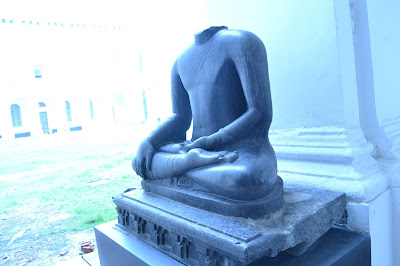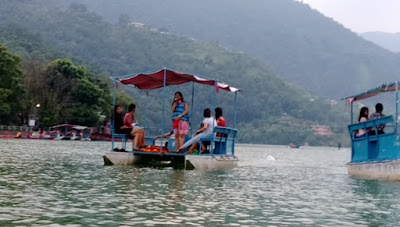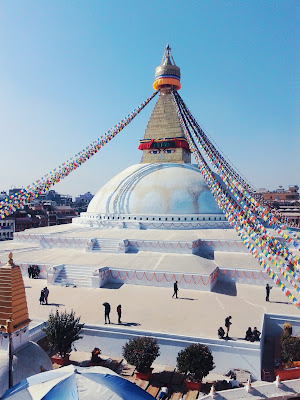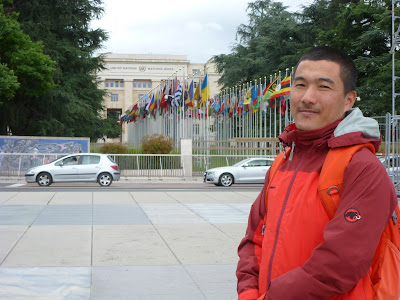Translation work by RYI students published

A team of RYI students has just finished a translation of the history of the precious Boudha Stūpa and it was published on the Lotsawa House website. It is with great joy that we announce that the full English translation of the History of the Jarung Kashor Stūpa , otherwise known as the Boudhanath Stupa, is now available. Auspiciously, the release of this translation coincides with the Tibetan Year of the Bird – the same year in which, generations ago, the precious Jarung Kashor was first completed and consecrated. The story of this stupa has been told in myriad ways, but one of the best loved and most authoritative is the version first discovered by Khandro Lhatsün Ngönmo and later rediscovered by Yolmowa Shakya Zangpo (15 th century), on his pilgrimage to Samye monastery in Tibet. Having deciphered the text, Shakya Zangpo travelled to the Kathmandu valley in search of this unique and precious stupa. Discovering upon arrival that it had been reduced to rubble, he imm













